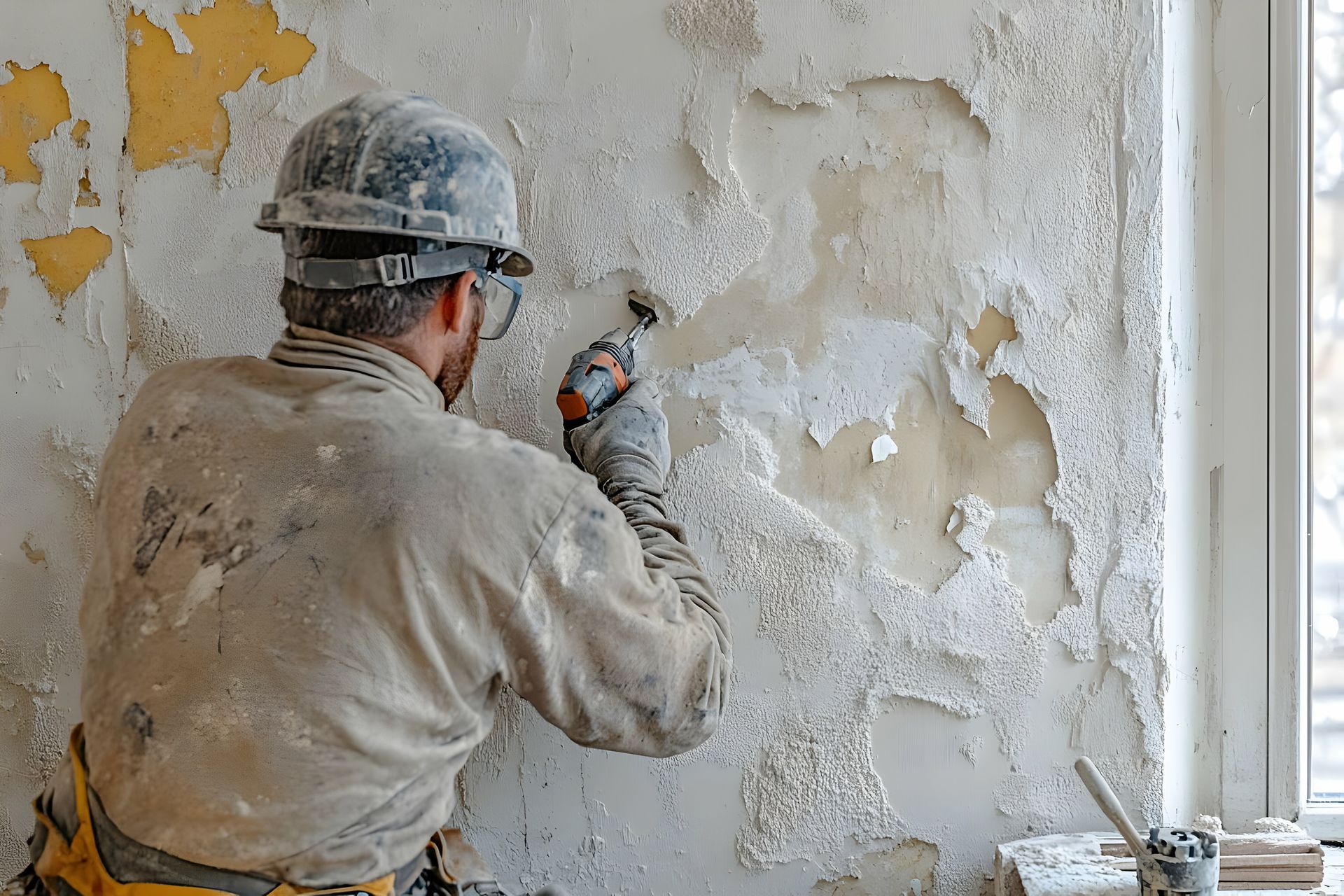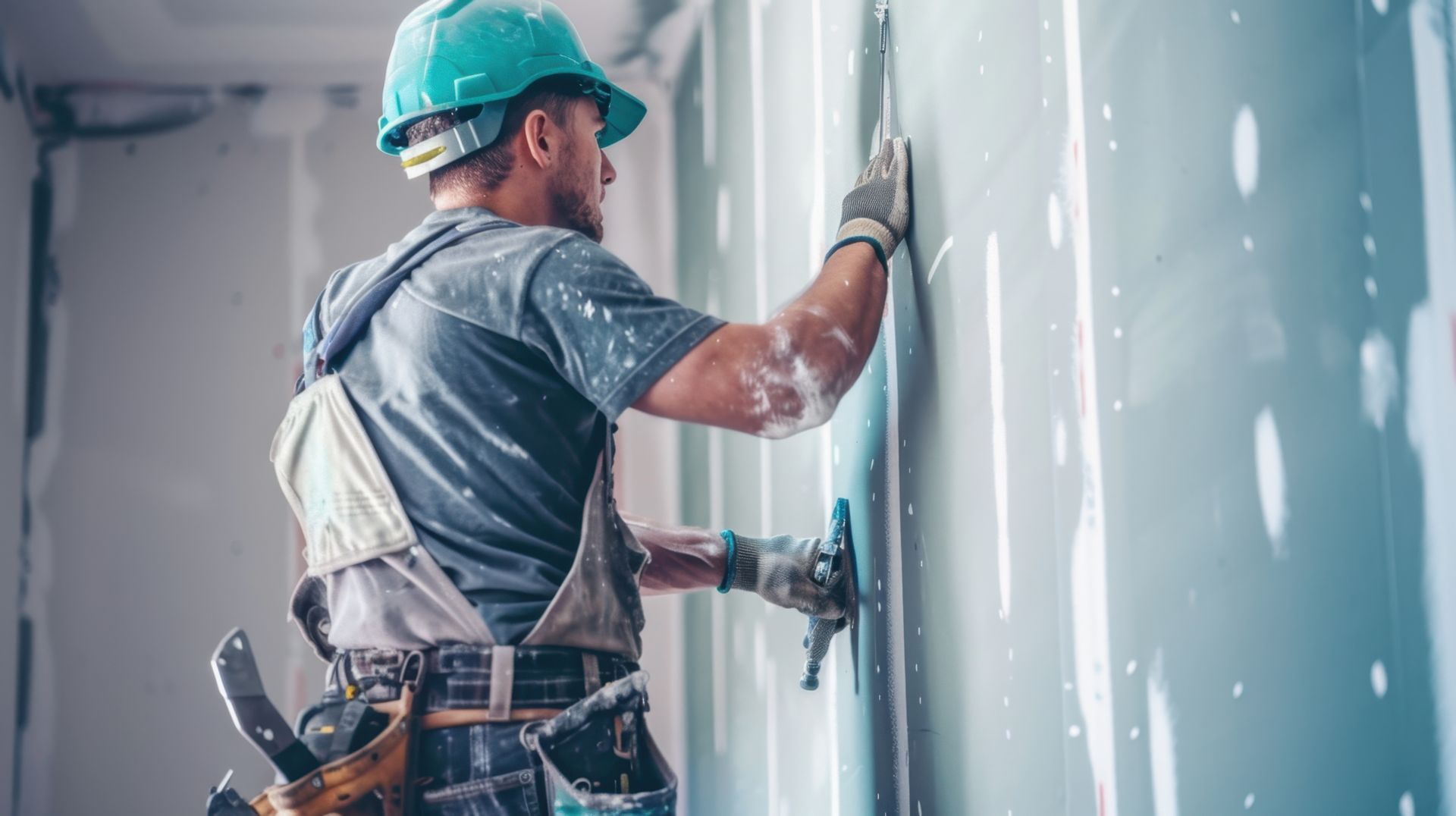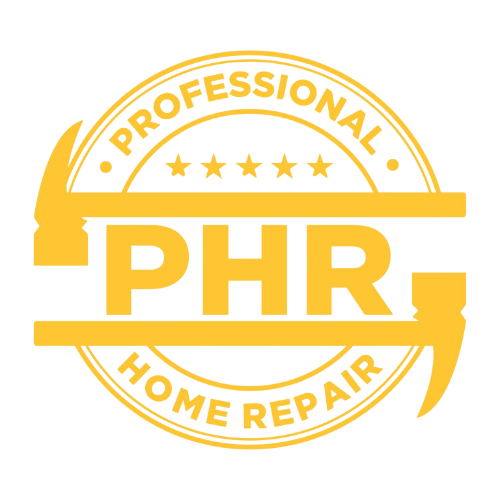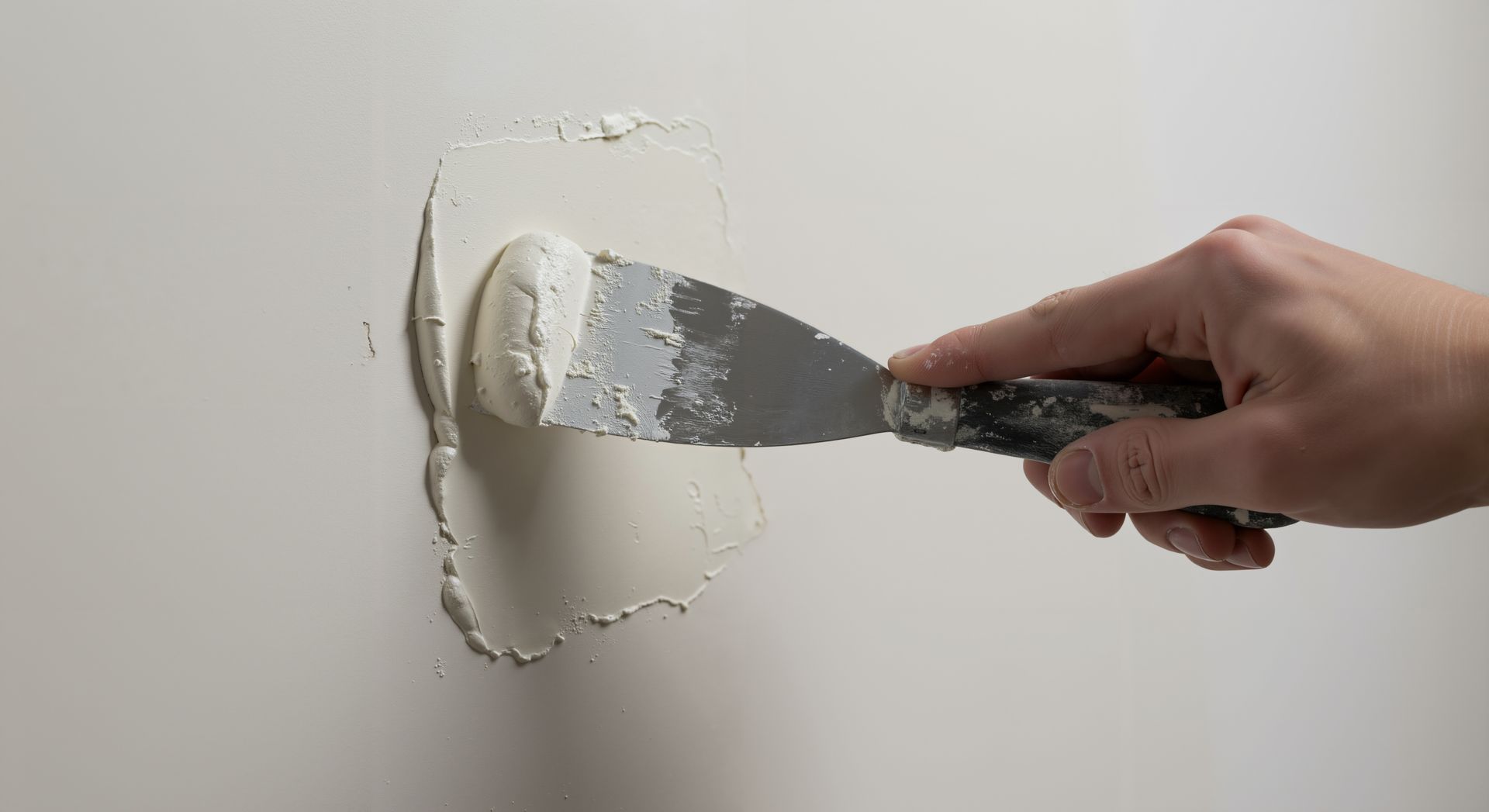Textured Drywall Repair: A Guide By Professional Home Repair

When it comes to maintaining your home’s aesthetic and structural integrity, drywall plays a critical role. It’s the canvas of your living space, offering smooth walls and ceilings for paint, wallpaper, and decoration. But what happens when damage occurs? Chips, dents, or holes in drywall can be unsightly, and repairing textured drywall—common in homes across Phoenix—adds an extra layer of complexity. Fortunately, Professional Home Repair specializes in turning damaged walls into masterpieces.
If you’re searching for reliable drywall repair Phoenix or want to tackle textured drywall repairs yourself, this guide will walk you through the essentials.
Why Textured Drywall Requires Special Attention
Unlike smooth drywall, textured drywall includes patterns or designs, ranging from simple orange peel to intricate knockdown and popcorn finishes. While these add visual interest and hide imperfections, they can make repairs more challenging. To properly fix damaged textured drywall, the final result needs to seamlessly blend with the existing texture.
That’s why homeowners in Phoenix frequently turn to experts like Professional Home Repair—our experience ensures repairs are invisible, maintaining your home’s value and appeal.
Tools And Materials Needed For Textured Drywall Repairs
Before diving into the repair process, gather the necessary tools and materials:
- Drywall Patch or Scrap: For holes larger than a nail puncture.
- Joint Compound (Mud): To fill gaps and smooth the repair.
- Texture Spray or Roller: Matches the existing texture pattern.
- Putty Knife or Taping Knife: For applying and smoothing the compound.
- Sandpaper: To blend the edges of the repair with the existing wall.
- Primer and Paint: To match the color of your existing walls.
- Utility Knife: For trimming drywall patches.
- Drywall Tape: To secure the patch over larger holes.
Step-by-Step Guide To Repairing Textured Drywall
Step 1: Assess The Damage
Before starting, evaluate the extent of the damage. Small nail holes or minor dents may only require a touch-up with joint compound, while larger holes need a patch. Understanding the type of damage will help you gather the right materials and choose the best repair method.
Step 2: Prepare The Area
Clean the damaged area of debris, dust, or loose drywall. Use a utility knife to cut away jagged edges around the hole for a smooth repair. For textured walls, sand lightly around the perimeter to help the patch blend more effectively.
Step 3: Patch The Hole
- Small Holes: Fill the hole with joint compound using a putty knife. Apply in thin layers, feathering the edges to blend seamlessly with the surrounding surface.
- Larger Holes: Secure a drywall patch over the hole using drywall tape or screws. Cover the edges with joint compound, ensuring the patch sits flush with the wall.
Step 4: Recreate The Texture
This step separates textured drywall repairs from smooth drywall fixes. Matching the texture can be tricky, but it’s essential for a professional finish.
- Orange Peel Texture: Use a texture spray can designed for orange peel patterns. Spray in light, even layers, adjusting the nozzle for the desired effect.
- Knockdown Texture: Apply joint compound with a putty knife, then use a knockdown knife to flatten peaks gently after the compound starts to set.
- Popcorn Texture: Use a stippling brush or sponge to recreate the raised effect.
Pro Tip: Practice on a scrap piece of drywall before applying texture to the wall to ensure a good match.
Step 5: Sand And Blend
Once the joint compound or texture is completely dry, sand the edges lightly to blend the repair with the surrounding area. Avoid over-sanding, as it can flatten the texture and make the repair obvious.
Step 6: Prime And Paint
Apply a primer over the repaired area to seal the joint compound and prevent the paint from soaking in unevenly. Once the primer is dry, paint the repaired section to match the wall. For the best results, use the same paint type and finish as the original.
Common Mistakes To Avoid When Repairing Textured Drywall
- Skipping the Primer: Paint adheres differently to joint compound than drywall, so skipping primer can lead to uneven finishes.
- Mismatched Texture: Inconsistent texture is the most noticeable sign of an amateur repair. Take the time to practice and adjust your technique.
- Overloading Joint Compound: Thick layers take longer to dry and are harder to sand, making blending more difficult. Apply thin, even layers instead.
- Ignoring the Paint Match: Subtle differences in paint color or finish can make repairs stand out. Use leftover paint or get a color match from a hardware store.
Why Choose Professional Home Repair For Textured Drywall Repairs In Phoenix?
While DIY repairs can be rewarding, achieving a flawless finish on textured drywall can be time-consuming and frustrating without the right tools and experience. That’s where Professional Home Repair comes in.
Local Expertise
As a Phoenix-based company, we understand the unique challenges of drywall repair in the area, from extreme weather conditions to common home construction techniques.
Professional-Grade Tools And Materials
We use industry-standard tools and high-quality materials to ensure lasting repairs that blend seamlessly with your walls. Click Eco-Friendly Options for Drywall Repair Phoenix for more details.
Experienced Technicians
Our skilled team has years of experience repairing and texturing drywall, saving you time and ensuring the job is done right the first time.
Convenience And Peace Of Mind
Repairing textured drywall requires precision and patience. By hiring us, you can sit back and relax while we handle the hard work, delivering results that exceed your expectations.
When To Call The Experts
Some drywall issues require professional attention, especially if:
- The damage is extensive or involves multiple walls.
- You’re dealing with structural issues, like water damage or mold.
- You need to match complex or custom textures.
If you’re unsure, a consultation with Professional Home Repair can help you decide whether to proceed with a DIY repair or leave it to the pros.
Conclusion
Repairing textured drywall may seem daunting, but with the right tools, techniques, and a bit of patience, you can achieve a professional-looking finish. However, if you’d rather leave it to the experts, Professional Home Repair is here to help.
As the go-to provider for drywall repair in Phoenix, we take pride in restoring homes to their former glory. Whether it’s a small patch or a large-scale repair, we’ll ensure your textured walls look flawless, enhancing your home’s beauty and value.
For a free estimate or to schedule a repair, contact us today and experience the difference that professionalism and expertise make.
You might also like
Professional Home Repair Blog





